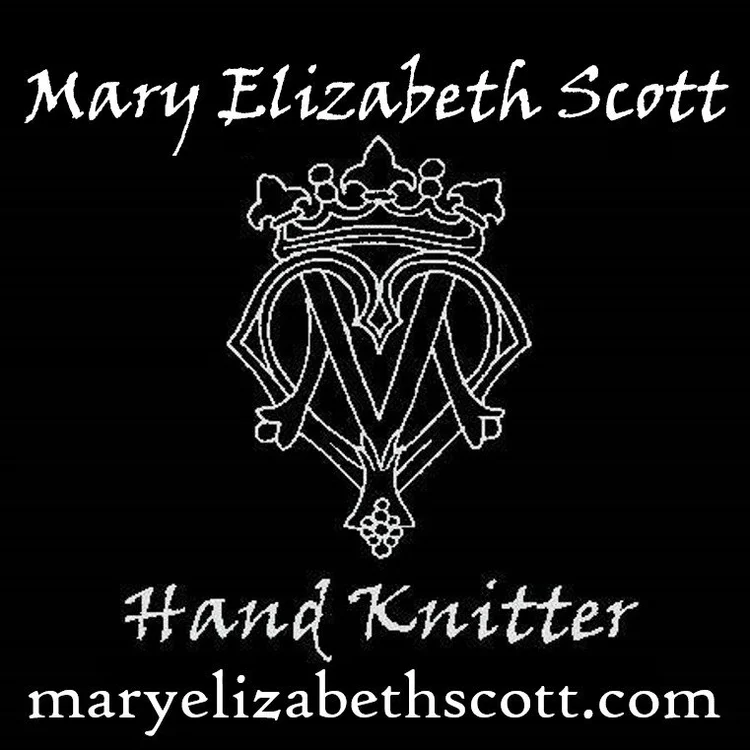Process Refinement
I'm still making bunny slippers. THESE bunny slippers, to which I have added a few personalizations. Mary Scott Huff Bunny Hacks, if you will:
First of all, as much as I love the original bunnies, I just couldn't leave their ears unlined with pink. So I devised a cunning two-part ear plan, which worked out very well, thank you.
Additionally, my overarching need to make bunnies for all the members of my family caused me to realize that they would have to be made in various sizes. This prompted a bizarre side trip through the kitchen cupboards in search of wooden spoons, rolling pins, and eventually two mismatched soup ladles, with which to fashion some felted-bunny-stretching implements (no actual bunny slippers were harmed during this phase). None of these slipshod attempts resulted in the precision device required for optimum bunny stretching. Internet to the rescue: I found THESE, which I wholeheartedly endorse for both bunny, and other, footwear stretching. They adjust from a ladies size 6 up to an 11, which, augmented with some wadded-up plastic grocery bags, can make bunnies even big enough for Phillip: (Shhhhh!)
You'll also notice that I added a few whiskers to Phillip's bunnies, which trend I think will continue on to at least the next pair.
And last, but certainly not least, I scored some Clover Pom Pom Makers, without which I am no longer willing to go on. I used the larger of the two, FYI, for maximum tail-fluff.
In case you'd like to modify your bunnies as I did, here are my hacks:
Yarn: Rather than DK weight as specified in the pattern, I used worsted weight (Patons Classic Wool, to be specific), holding 2 strands together. (I used the recommended size 11 needles for the bodies). Bunnies to fit Phillip used about 1 1/2 skeins (220 yds each).
Bigger-ing: For man's size slipper (Phillip wears size 10 1/2 US), I worked 40 rows in the body.
Toes: Rather than garter st, I worked my toe pieces in st st, continuing to slip the 1st st of each row.
Ears: With size 10 needles and one strand of MC, CO 9 sts. Work 13 rows in st st, slipping 1st st of every row. Next row (RS), sl 1, ssk, k 3, k2tog, k1. sl 1, p to end of row. Next row (RS), sl 1, ssk, k1, k2tog, k1. sl 1, p to end of row. Next row (RS), sl 1, sl2 kwise, k 1, p2sso, k1. sl 1, p to end of row. Next row (RS), sl 2 kwise, k 1, p2sso. Pull tail through last st. Make 4. Weave in ends and felt.
Linings: With size 10 needles and one strand of CC (pale pink), CO 7 sts. Work 13 rows in st st, slipping 1st st of every row. Next row (RS), sl 1, ssk, k1, k2tog, k1. sl 1, p to end of row. Next row (RS), sl 1, sl2 kwise, k 1, p2sso, k1. sl 1, p to end of row. Next row (RS), sl 2 kwise, k 1, p2sso. Pull tail through last st. Make 4. Weave in ends and felt.
After felting, place linings on top of ears with wrong sides together. Sew in place invisibly by hand, using thread to match linings. Fold ears and sew to bodies as directed.
Whiskers: With a single strand of contrasting yarn, embroider whiskers with one long stitch each, on either side of nose.
Hop On, Gentle Readers.



